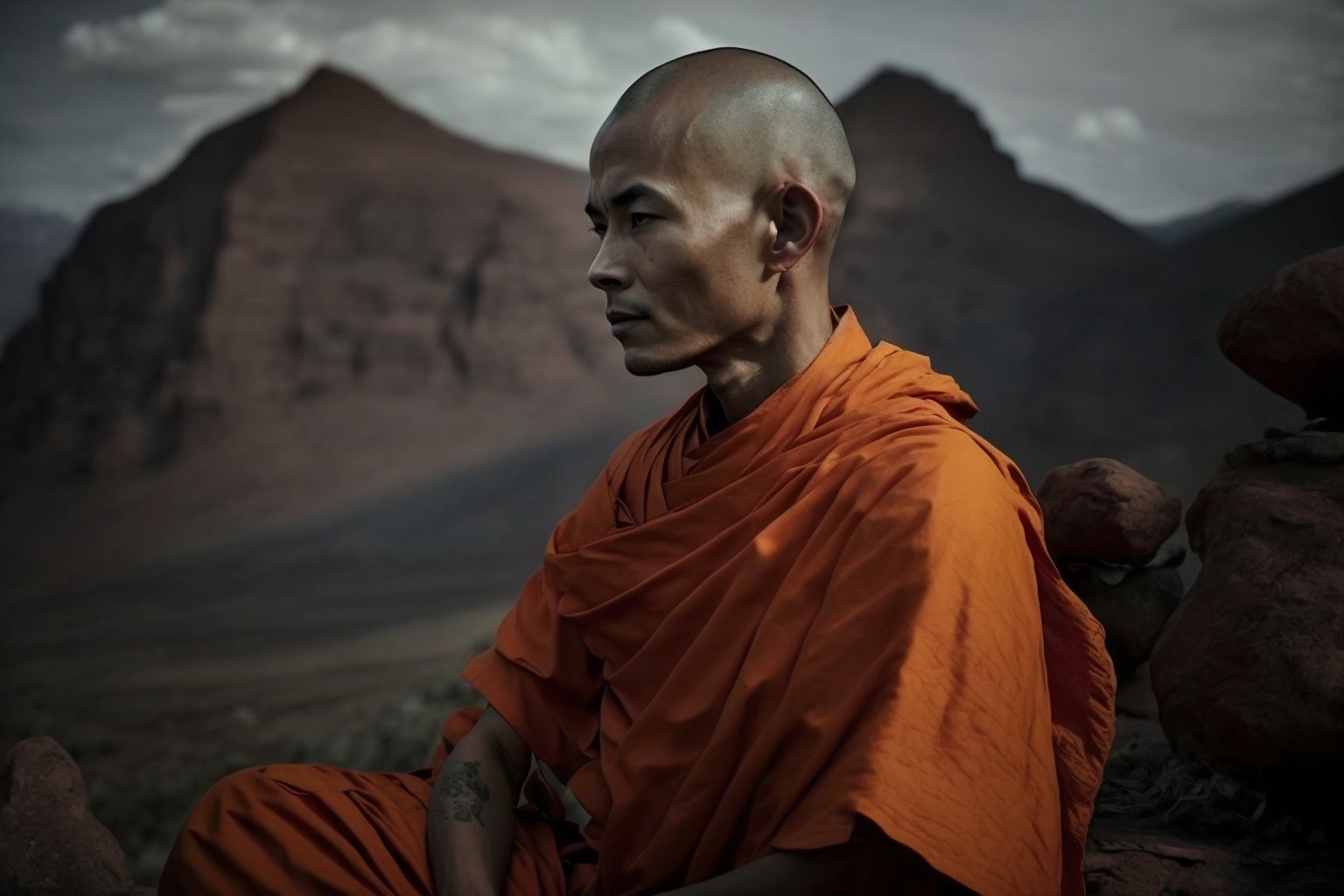Dream yoga is one of the oldest practices aiming to induce awareness during sleep. Although it combines familiar techniques with religious beliefs, American researcher Michael Sheehy has analyzed the practices of Tibetan Buddhism, some of which include lucid dreaming (LD).
One technique involves setting an intention during the day to recognize when you are in a dream at night. Another technique involves constant imagination practice, such as visualizing yourself as a person of a different gender, creating a new persona for yourself, or imagining yourself in a place you have never been before.
Generating multiple visions and imaginary bodies is considered an important skill both in dreams and while awake. This way, practitioners learn to overcome the barriers between waking and dream life. Ultimately, daily life becomes more “magical,” and nighttime becomes more real.
The author describes the direct entry into a lucid dream as follows: buzzing in the ears, numbness or strong pressure in the body, tingling between the eyebrows, and heavy breathing. Vague images appear. At this moment, the dreamer is encouraged to recognize that they are falling asleep and use hypnagogic and kinesthetic hallucinations to induce a dream.
Have you ever used similar techniques?
This article was published in March 2023 in the International Journal of Transpersonal Studies Advance Publication Archive.
Get all the latest news about lucid dreams via our channels on Telegram, Facebook




